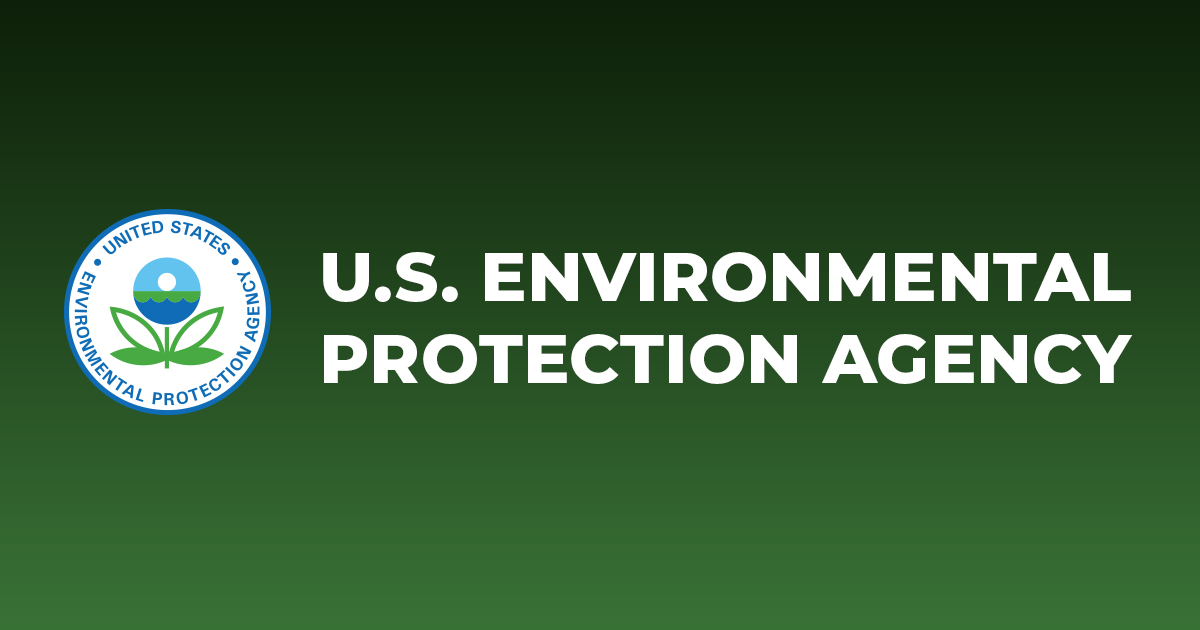
Central New Mexico’s Efforts to Address Climate Change and Population Growth

Introduction
Central New Mexico, which includes Albuquerque, currently has a population of approximately one million people, and rapid population growth is expected in the coming decades. Increasing air temperatures and more frequent droughts are anticipated in the region due to climate change. The combination of population growth and more arid conditions is expected to negatively impact air quality through increased vehicle emissions and more frequent wildfires.
Integration of Climate Considerations into Planning
The Mid-Region Council of Governments (MRCOG) of New Mexico recognized the risks from climate change and consequently integrated climate considerations into transportation and land-use planning. After identifying potential climate impacts and emission reduction options in Central New Mexico, officials invited local stakeholders to participate on advisory committees and attend scenario planning workshops. MRCOG collaborated with federal agencies to use the workshop results as a basis for updating MRCOG’s Long Range Transportation Plan: Futures 2040 Metropolitan Transportation Plan (MTP).
Expansion of Public Transportation and Pedestrian/Bicycle Accommodations
New Mexico’s progressive planning requires the expansion of public transportation throughout the region and has increased funding to expand service connections. The goal is that 20% of all trips along high traffic corridors occur using mass transit by the year 2040. Additionally, the City of Albuquerque approved an ordinance requiring roadways to better accommodate pedestrians and bicyclists, which is likely to increase foot and bicycle traffic. Finally, MRCOG is only permitting projects that are consistent with the MTP – in other words, which take climate change, land use management, and population growth into consideration – to be funded through the region’s Short Range Planning, Programming, and Implementation – Transportation Improvement Program (TIP).
How did they do it?
Recognized climate risk and population growth as a vulnerability |
Applicable EPA Tools |
|---|---|
|
|
|
|
Similar Cases and More Information
To read other similar case studies on how other communities are planning for future air quality read Salt Lake City, Utah Adapts to Improve Air Quality Through Smart Growth and California Prepares for Increased Wildfire Risk to Air Quality from Climate Change. For information on how air quality affects public health visit the Climate Adaptation and Public Health section of the Adaptation Resource Center.
References
The following links exit the site
SDGs, Targets, and Indicators
| SDGs | Targets | Indicators |
|---|---|---|
| SDG 3: Good Health and Well-being | 3.9: By 2030, substantially reduce the number of deaths and illnesses from hazardous chemicals and air, water, and soil pollution and contamination. | Not mentioned in the article. |
| SDG 7: Affordable and Clean Energy | 7.2: By 2030, increase substantially the share of renewable energy in the global energy mix. | Not mentioned in the article. |
| SDG 9: Industry, Innovation, and Infrastructure | 9.1: Develop quality, reliable, sustainable, and resilient infrastructure, including regional and transborder infrastructure, to support economic development and human well-being, with a focus on affordable and equitable access for all. | Not mentioned in the article. |
| SDG 11: Sustainable Cities and Communities | 11.2: By 2030, provide access to safe, affordable, accessible, and sustainable transport systems for all, improving road safety, notably by expanding public transport, with special attention to the needs of those in vulnerable situations, women, children, persons with disabilities, and older persons. | Indicator not mentioned in the article. |
| SDG 13: Climate Action | 13.1: Strengthen resilience and adaptive capacity to climate-related hazards and natural disasters in all countries. | Not mentioned in the article. |
| SDG 17: Partnerships for the Goals | 17.17: Encourage and promote effective public, public-private, and civil society partnerships, building on the experience and resourcing strategies of partnerships. | Not mentioned in the article. |
1. Which SDGs are addressed or connected to the issues highlighted in the article?
- SDG 3: Good Health and Well-being
- SDG 7: Affordable and Clean Energy
- SDG 9: Industry, Innovation, and Infrastructure
- SDG 11: Sustainable Cities and Communities
- SDG 13: Climate Action
- SDG 17: Partnerships for the Goals
2. What specific targets under those SDGs can be identified based on the article’s content?
- Target 3.9: By 2030, substantially reduce the number of deaths and illnesses from hazardous chemicals and air, water, and soil pollution and contamination.
- Target 7.2: By 2030, increase substantially the share of renewable energy in the global energy mix.
- Target 9.1: Develop quality, reliable, sustainable, and resilient infrastructure, including regional and transborder infrastructure, to support economic development and human well-being, with a focus on affordable and equitable access for all.
- Target 11.2: By 2030, provide access to safe, affordable, accessible, and sustainable transport systems for all, improving road safety, notably by expanding public transport, with special attention to the needs of those in vulnerable situations, women, children, persons with disabilities, and older persons.
- Target 13.1: Strengthen resilience and adaptive capacity to climate-related hazards and natural disasters in all countries.
- Target 17.17: Encourage and promote effective public, public-private, and civil society partnerships, building on the experience and resourcing strategies of partnerships.
3. Are there any indicators mentioned or implied in the article that can be used to measure progress towards the identified targets?
No specific indicators are mentioned or implied in the article that can be used to measure progress towards the identified targets.
4. SDGs, Targets, and Indicators
| SDGs | Targets | Indicators |
|---|---|---|
| SDG 3: Good Health and Well-being | 3.9: By 2030, substantially reduce the number of deaths and illnesses from hazardous chemicals and air, water, and soil pollution and contamination. | Not mentioned in the article. |
| SDG 7: Affordable and Clean Energy | 7.2: By 2030, increase substantially the share of renewable energy in the global energy mix. | Not mentioned in the article. |
| SDG 9: Industry, Innovation, and Infrastructure | 9.1: Develop quality, reliable, sustainable, and resilient infrastructure, including regional and transborder infrastructure, to support economic development and human well-being, with a focus on affordable and equitable access for all. | Not mentioned in the article. |
| SDG 11: Sustainable Cities and Communities | 11.2: By 2030, provide access to safe, affordable, accessible, and sustainable transport systems for all, improving road safety, notably by expanding public transport, with special attention to the needs of those in vulnerable situations, women, children, persons with disabilities, and older persons. | Indicator not mentioned in the article. |
| SDG 13: Climate Action | 13.1: Strengthen resilience and adaptive capacity to climate-related hazards and natural disasters in all countries. | Not mentioned in the article. |
| SDG 17: Partnerships for the Goals | 17.17: Encourage and promote effective public, public-private, and civil society partnerships, building on the experience and resourcing strategies of partnerships. |







